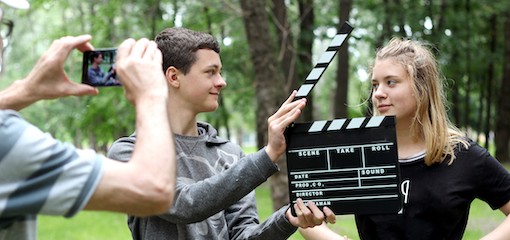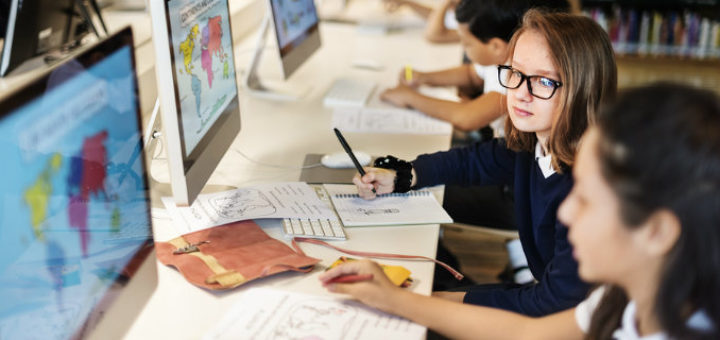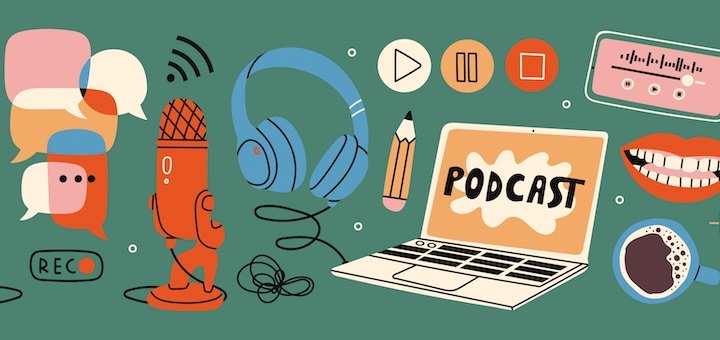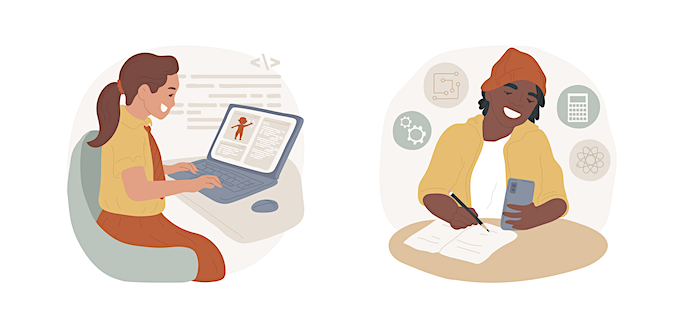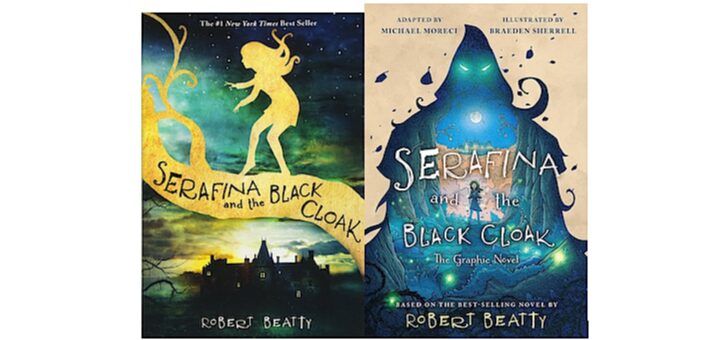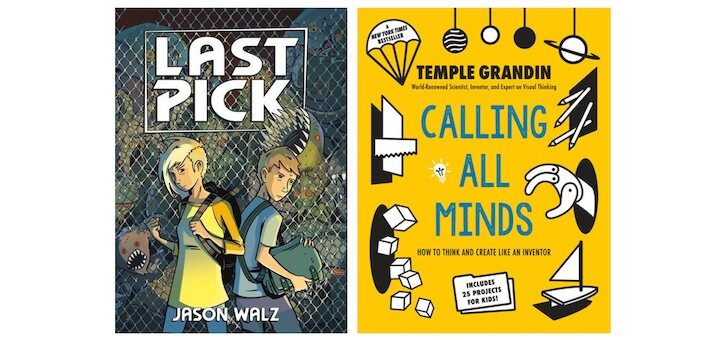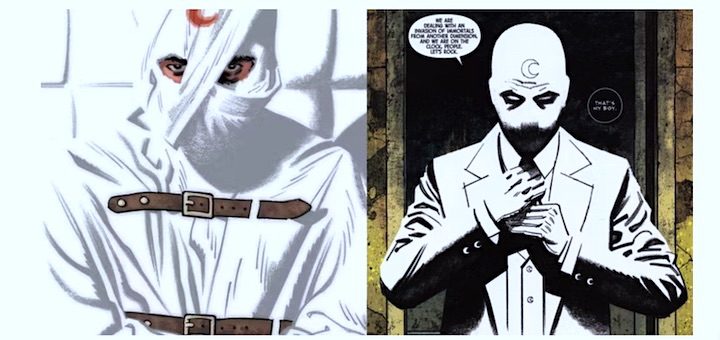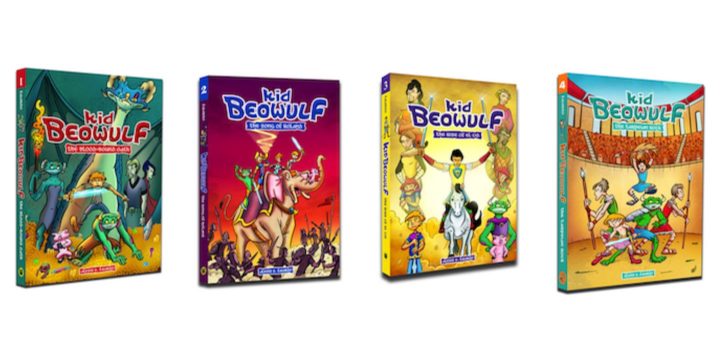2 Questions Help Move Kids Deeper into Texts
While questions about literature can focus on identifying elements, Jason DeHart wants to expand his students’ thinking beyond matching words and examples. He begins with two questions designed to move students deeper into a text: “What’s that?” and “What’s that doing there?”


